Another wave of COVID-19 is putting millions out of work, while tens of millions more remain unemployed, and Congress debates aid. Now, a new Boston University School of Public Health (BUSPH) study shows that unemployment help directly translates to people…
Month: January 2021
Researchers illustrate the need for anti-racism in kidney care, research
Hopeful for more discussion and honest self-reflection
A potentially safer, more effective gene therapy vector for blood disorders
New preclinical study shows vector results in significantly more hemoglobin production than vectors currently used in gene therapy for sickle cell disease and beta-thalassemia
By changing their shape, some bacteria can grow more resilient to antibiotics
New research led by Carnegie Mellon University Assistant Professor of Physics Shiladitya Banerjee demonstrates how certain types of bacteria can adapt to long-term exposure to antibiotics by changing their shape. The work was published this month in the journal Nature…
City, University of London academic tracks COVID-19 dark web marketplace before vaccine
In new research, Dr Andrea Baronchelli and colleagues highlight the importance of the continuous monitoring of dark web marketplaces (DWMs), especially in light of the current shortage and availability of COVID-19 vaccines.
Medicaid expansion in New York has improved maternal health, study finds
Policy intervention is particularly beneficial to low-income and minority women
Study Examines Social Determinants of Disparities in Kidney Transplantation
• Race and social determinants of health were associated with the likelihood of undergoing kidney transplantation among US adults with kidney failure.
• Interventions that target social determinants of health may improve access to kidney transplantation.
‘Little guys sticking it to Wall Street?’ WVU expert explains how Redditors gamed the stock market
MORGANTOWN, W.Va. – One West Virginia University financial expert believes the recent stock surges of GameStop and other companies undermine public confidence in the market and could ultimately harm the economy. A coordinated effort by individual traders on social media…
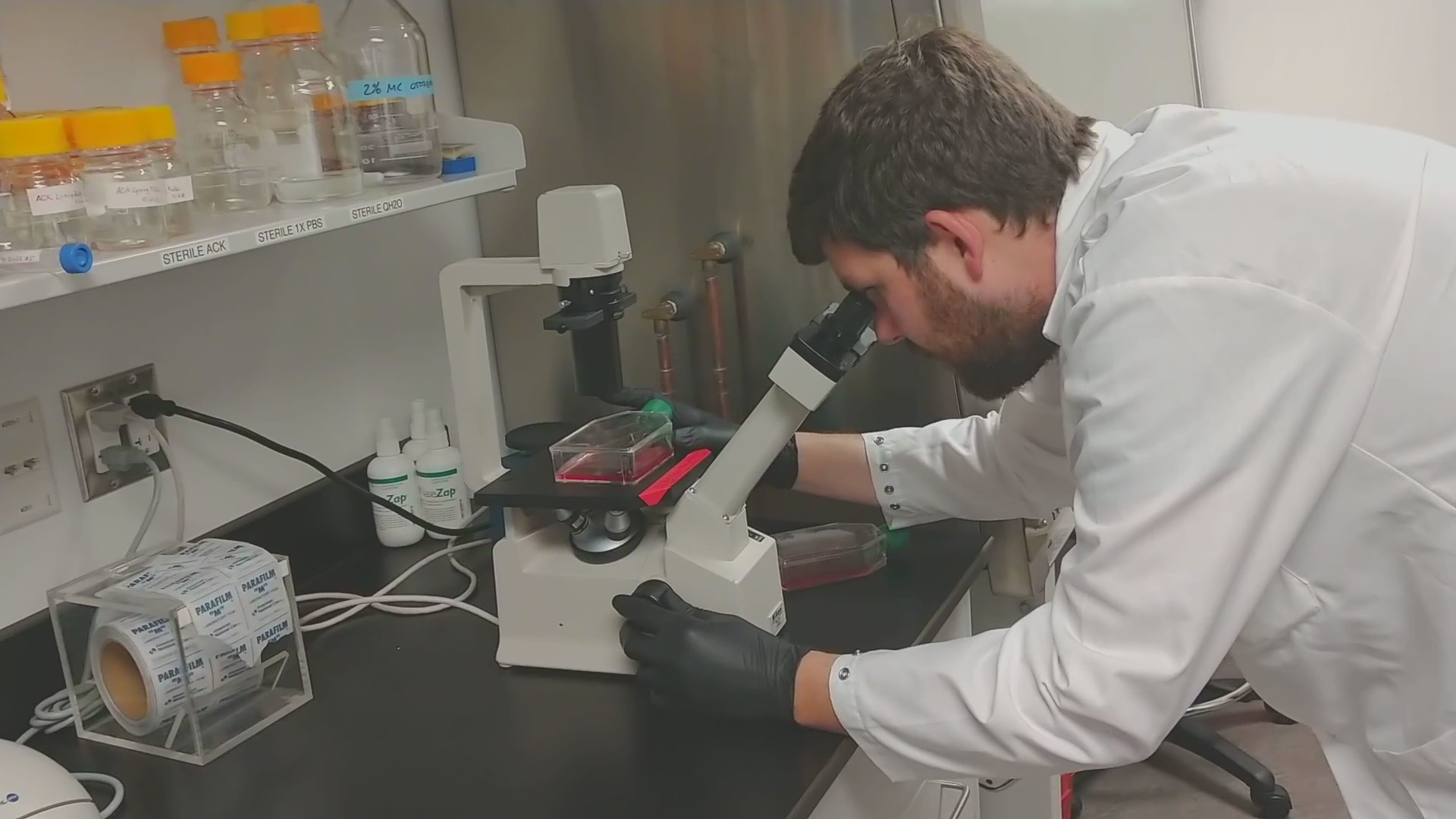
Superpowered ‘superantigens’ identified in University of North Dakota anti-cancer research
A team of researchers at UND’s School of Medicine & Health Sciences might just have revolutionized the treatment of solid tumor cancers.
As reported in the prestigious Journal for Immunotherapy of Cancer, a team led by Department of Biomedical Sciences professors David S. Bradley, Ph.D., and David S. Terman, M.D., identified two new members of the “superantigen” family that, when combined with a common “helper” molecule, showed significantly higher cure rates in and long-term survival of animals with solid tumors compared to other immunotherapeutic agents now deployed clinically.
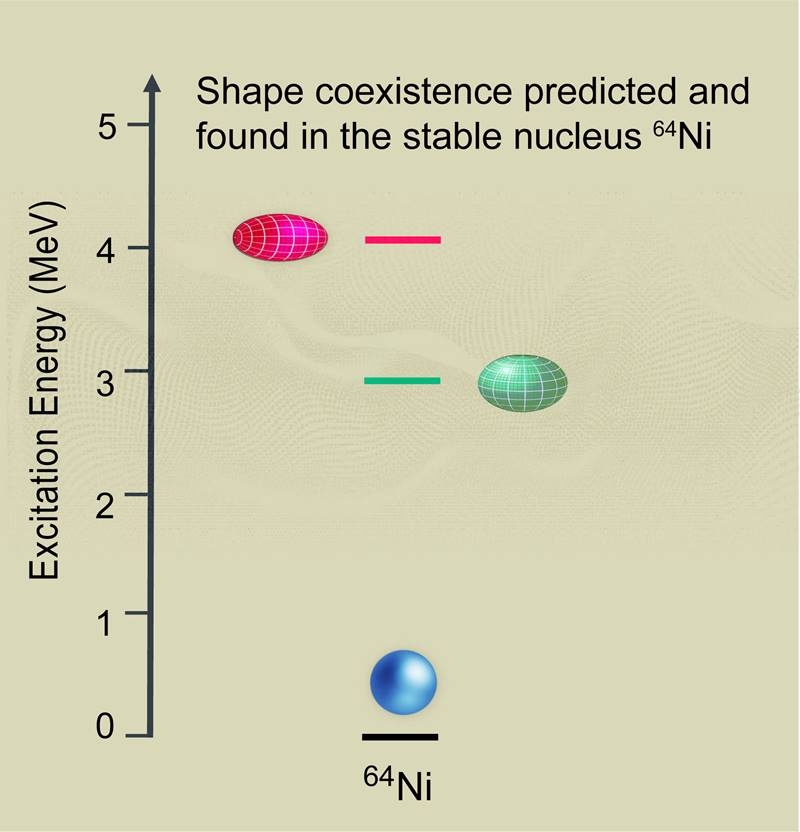
Stable Nickel-64 Nuclei Take Three Distinct Shapes
Scientists have identified three distinct shapes in stable nickel-64 that appear as energy is added to the nucleus. The nucleus in the lowest-energy state is spherical, then takes elongated (prolate) and flattened (oblate) shapes as the protons and neutrons surrounding the nucleus gain energy. This demonstrates profound changes in the way protons and neutrons can arrange themselves.
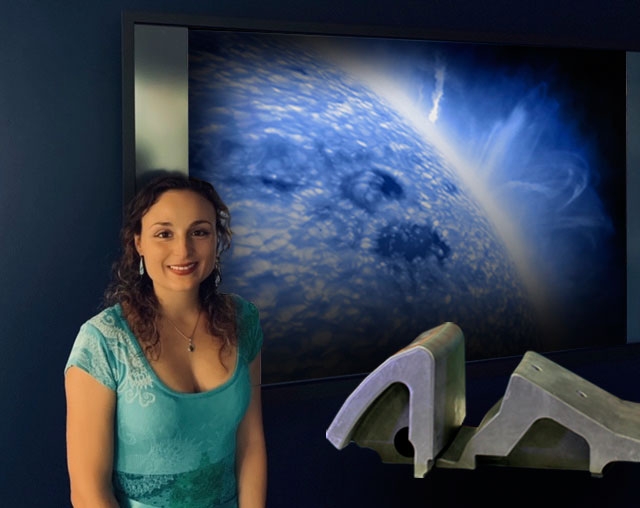
Keeping it Cool while Maintaining Core Performance
One of the great challenges in fusion tokamaks is how to keep the core of a plasma hot enough that fusion can occur while maintaining a temperature at the edge of the plasma low enough that it doesn’t melt the tokamak’s walls. This requires dissipating the heat and particles flowing towards the wall without reducing the performance of the core. Researchers recently developed a pathway to addressing this core-edge integration challenge.

Experts available to comment on volatility in share prices of GameStop, other retail stocks
Indiana University experts on global financial markets, stock values, risk and investing are available to comment on the unprecedented volatility in share prices of GameStop and other retail stocks.
Three mental health conditions contribute to violent offenses, WCU study finds
Western Carolina University researchers find a disproportionate number of inmates with violent offenses suffer from post-traumatic stress disorder, panic disorder and alcohol use disorder, and published their findings in the Journal of Criminal Psychology.
Drug prices in the U.S. are 2.56 times those in other nations
Prescription drug prices in the United States are significantly higher than in other nations, with prices in the U.S. averaging 2.56 times those seen in 32 other nations, according to a new RAND Corporation report.

Simulation Helps Refine Pediatric Care Guidelines For COVID-19
DALLAS – Jan. 28, 2021 – Simulation can be a viable way to quickly evaluate and refine new medical guidelines and educate hospital staff in new procedures, a recent study from UT Southwestern’s Department of Pediatrics shows. The findings, published recently in the journal Pediatric Quality and Safety and originally shaped around new COVID-19-related pediatric resuscitation procedures at UTSW and Children’s Health, could eventually be used to help implement other types of guidelines at medical centers nationwide.
Legal cannabis stores linked to fewer opioid deaths in the United States
Findings may have implications for tackling opioid misuse
Vice Presidential Vogue: Kamala Harris and White House Fashion
As Kamala Harris stood beside newly sworn-in President Joe Biden last week, all eyes were on her as she made history as the nation’s first female vice president. But, much like other prominent women who have walked the halls of the White House before her, cultural experts expect that there will be just as much focus on her fashion statements as on her political ones — and the scrutiny may be intensified as the first woman and person of color in the VP position takes on stereotypes surrounding Eurocentric standards of beauty.
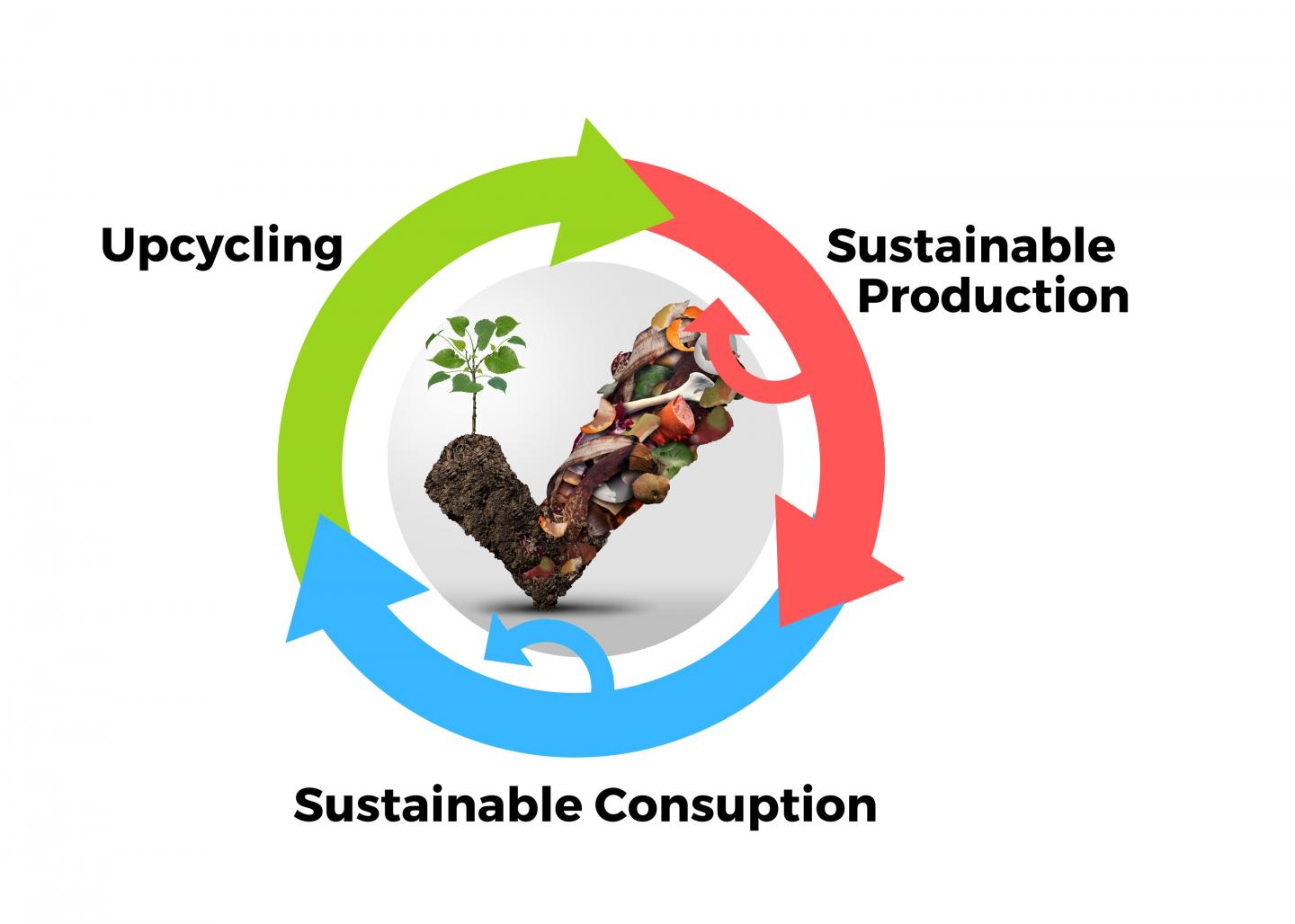
Turning food waste back into food
There’s a better end for used food than taking up space in landfills and contributing to global warming.
Risk analysis helps contend with uncertainty of in-person activities
People now have access to better real-time information about COVID-19 infection and transmission rates, but they still have to decide what is safe to do. A new model co-authored by mathematician John McCarthy at Washington University in St. Louis helps to contend with the uncertainty.
Disaster policy overhaul: A potential bipartisan effort for Biden and Congress
With Congress still struggling to find common ground on any issue, the University of Delaware’s A.R. Siders points to one that could be decidedly bipartisan: disaster policy, which needs a complete overhaul. “Not only to address climate change and social…
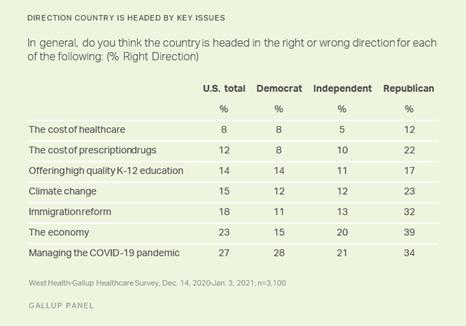
Majority skeptical healthcare costs will fall anytime soon as Biden begins presidency
In his inaugural address, President Joe Biden vowed that “help is on the way” to a nation grappling with a pandemic that has already claimed over 420,000 lives and counting.
Alternative Data Can Offer Insight into GameStop Action on Wall Street
Thomas Shohfi, an assistant professor in the Lally School of Management at Rensselaer Polytechnic Institute, says that looking at alternative data can offer important insights into the turbocharged trading of GameStop. “Volatility in options on GameStop, Nokia, and AMC is…
Solvation-Driven Electrochemical Actuation
In a new study led by Institute Professor Maurizio Porfiri at NYU Tandon, researchers showed a novel principle of actuation — to transform electrical energy into motion. This actuation mechanism is based on solvation, the interaction between solute and solvent…
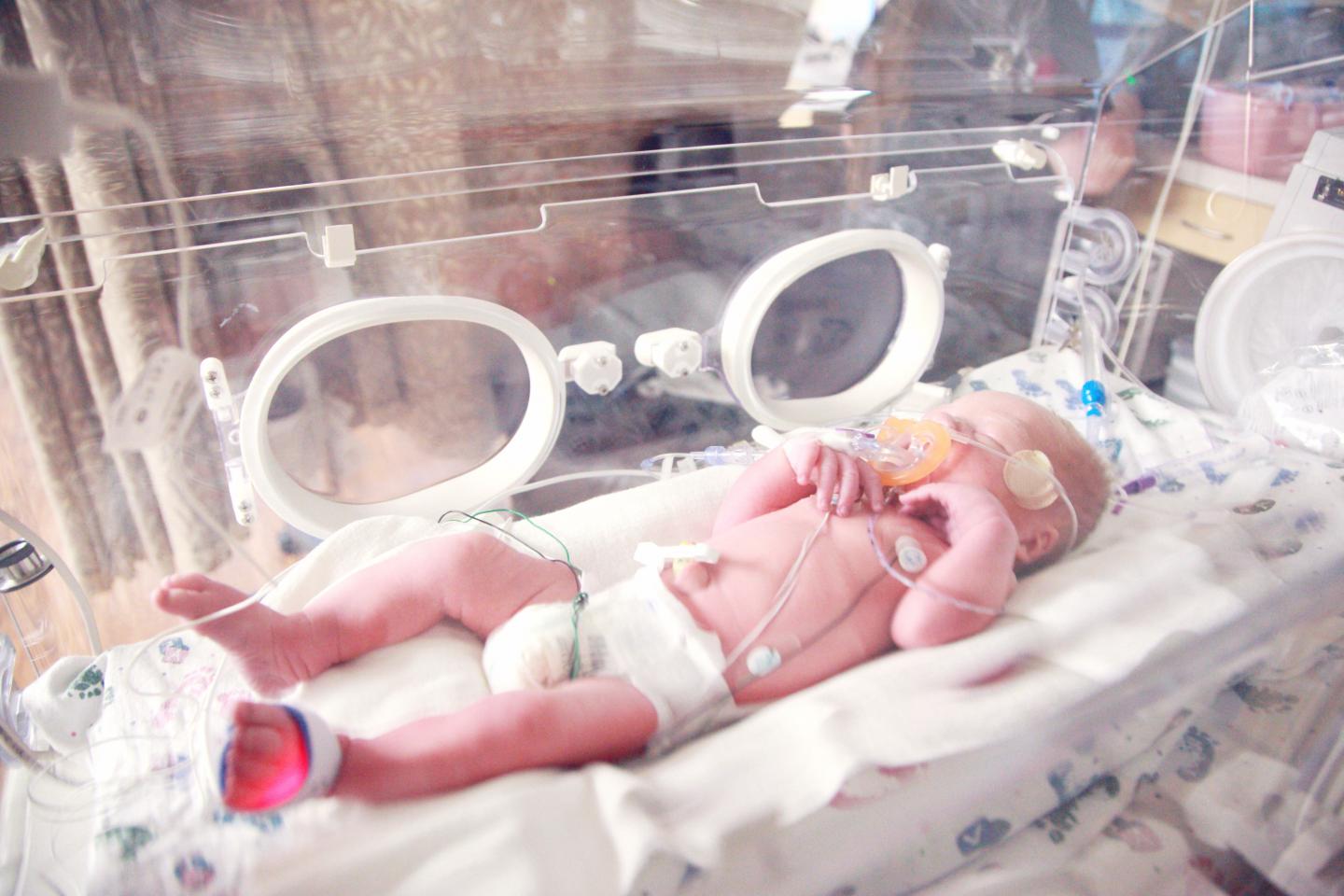
Light pollution linked to preterm births, reduced birth weights
In a first-of-its-kind study, researchers discovered that light pollution leads to more than just wasted energy and washed-out starlight–it can increase the likelihood of a preterm birth by almost 13%.

Kim Budil Selected as Director of Lawrence Livermore National Laboratory
Kim Budil has been named director of Lawrence Livermore National Laboratory (LLNL). Charlene Zettel, chair of Lawrence Livermore National Security, LLC (LLNS), which manages the Laboratory for the Department of Energy’s (DOE) National Nuclear Security Administration (NNSA), made the announcement to Laboratory employees Jan. 28.
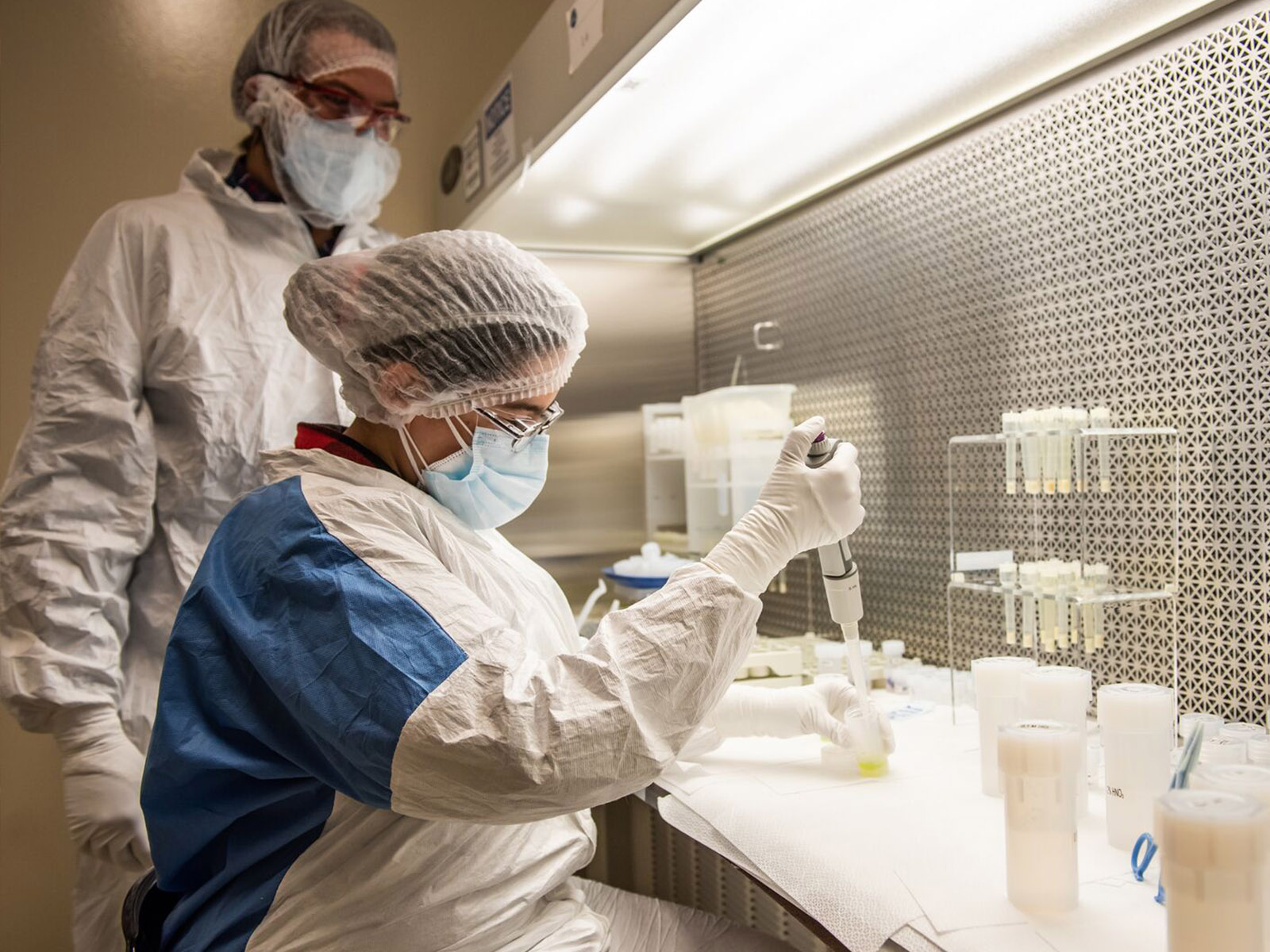
It’s Elemental: Ultra-trace Detector Tests Gold Purity
Ultra-trace radiation detection technique sets new global standard for measuring the nearly immeasurable

GW’s Feuer Publishes Editorial on Role of Science and Civics Education in Restoring Democracy
Dr. Michael J. Feuer, dean of the George Washington University Graduate School of Education and Human Development, writes in a new editorial for the journal Science that a renewed partnership between science and civics education can help restore the foundation…
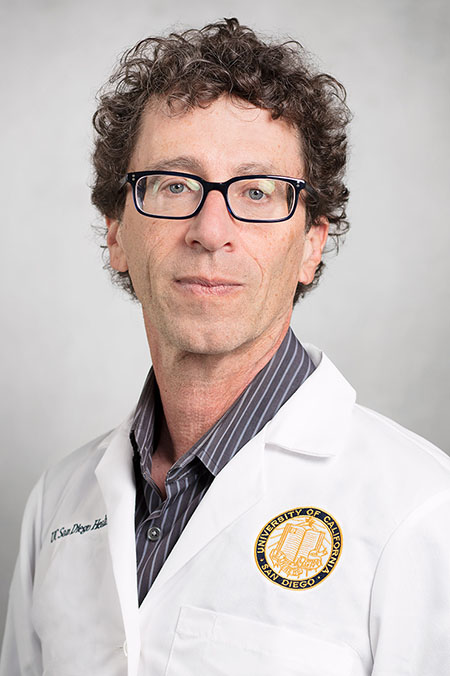
Genomic Studies Implicate Specific Genes in Post-Traumatic Stress Disorder
After analyzing the genomes of more 250,000 military veterans, researchers have identified 18 specific, fixed positions on chromosomes that appear associated with post-traumatic stress disorder. The findings may point to new therapeutic drug targets.
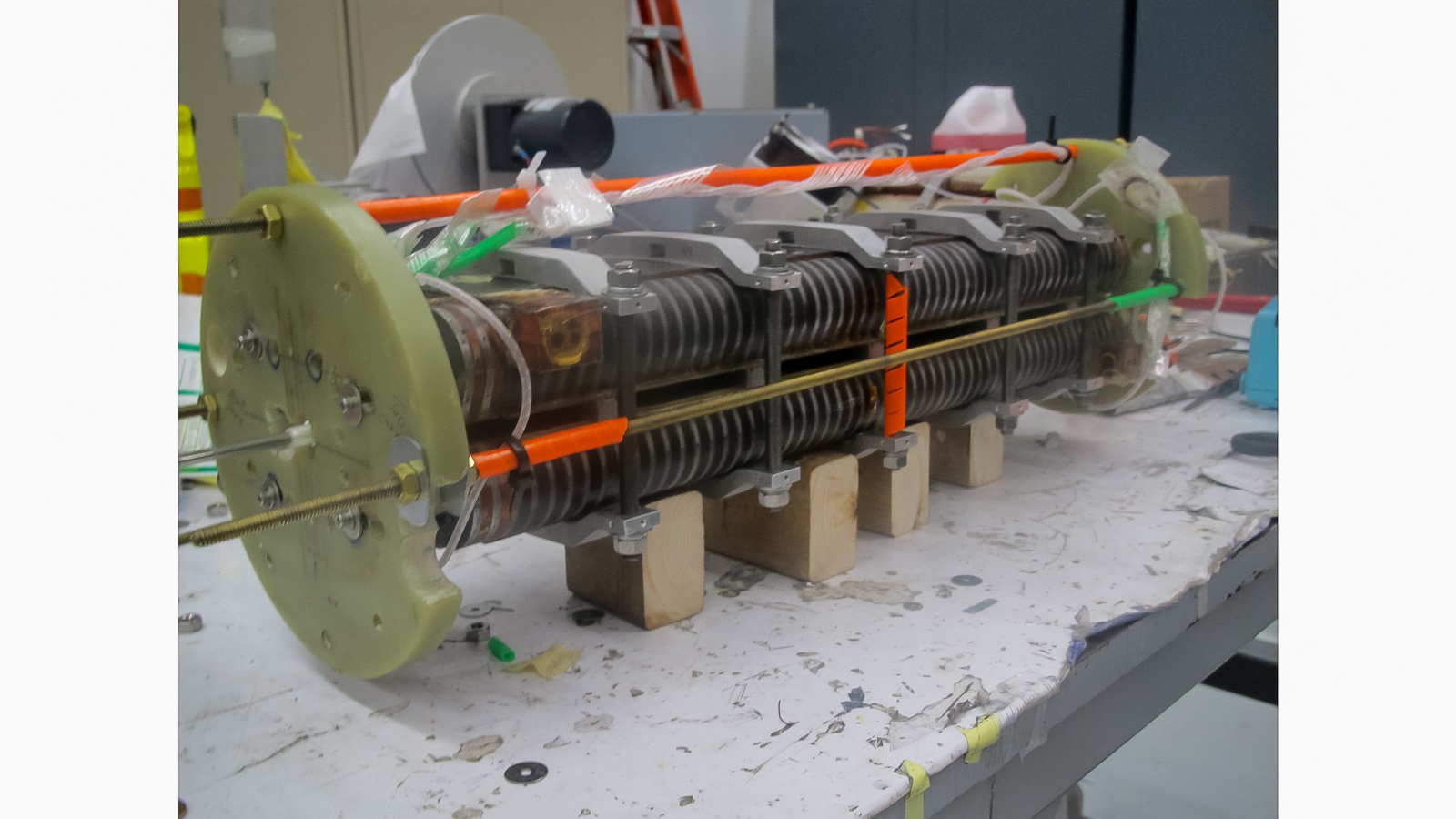
National laboratories’ magnet designers look to the future of light sources with new prototype
After more than 15 years of work, scientists at three DOE national laboratories have succeeded in creating and testing an advanced, more powerful superconducting magnet made of niobium and tin for use in the next generation of light sources.
Shared video of Dr. Fauci interview with added commentary misinterprets vaccine information
Shared video of Dr. Fauci CNN interview with added commentary sends wrong message about COVID vaccine protection
Methane Emissions from Coal Mines Are Higher Than Previously Thought
Methane emissions from coal mining are likely much higher than previously calculated, according to new research. That’s due mainly to emissions from abandoned mines and higher methane content in deep coal seams.
Scientists Find Key Function of Molecule in Cells Crucial for Regulating Immunity
Scientists discovered that the molecule AIM2 is important for the proper function of regulatory T cells and plays a key role in mitigating autoimmune disease. Treg cells are a seminal population of adaptive immune cells that prevents an overzealous immune responses.
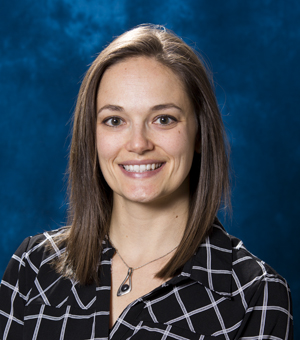
Biochemistry researcher receives National Science Foundation Award
The five-year, $680,500 NSF Faculty Early Career Development Program award will be utilized to gain a better understanding of how improper DNA replication and compaction can cause changes in gene expression in offspring while creating a comprehensive learning environment for aspiring high school-aged and undergraduate scientists who will have significant roles in the research.
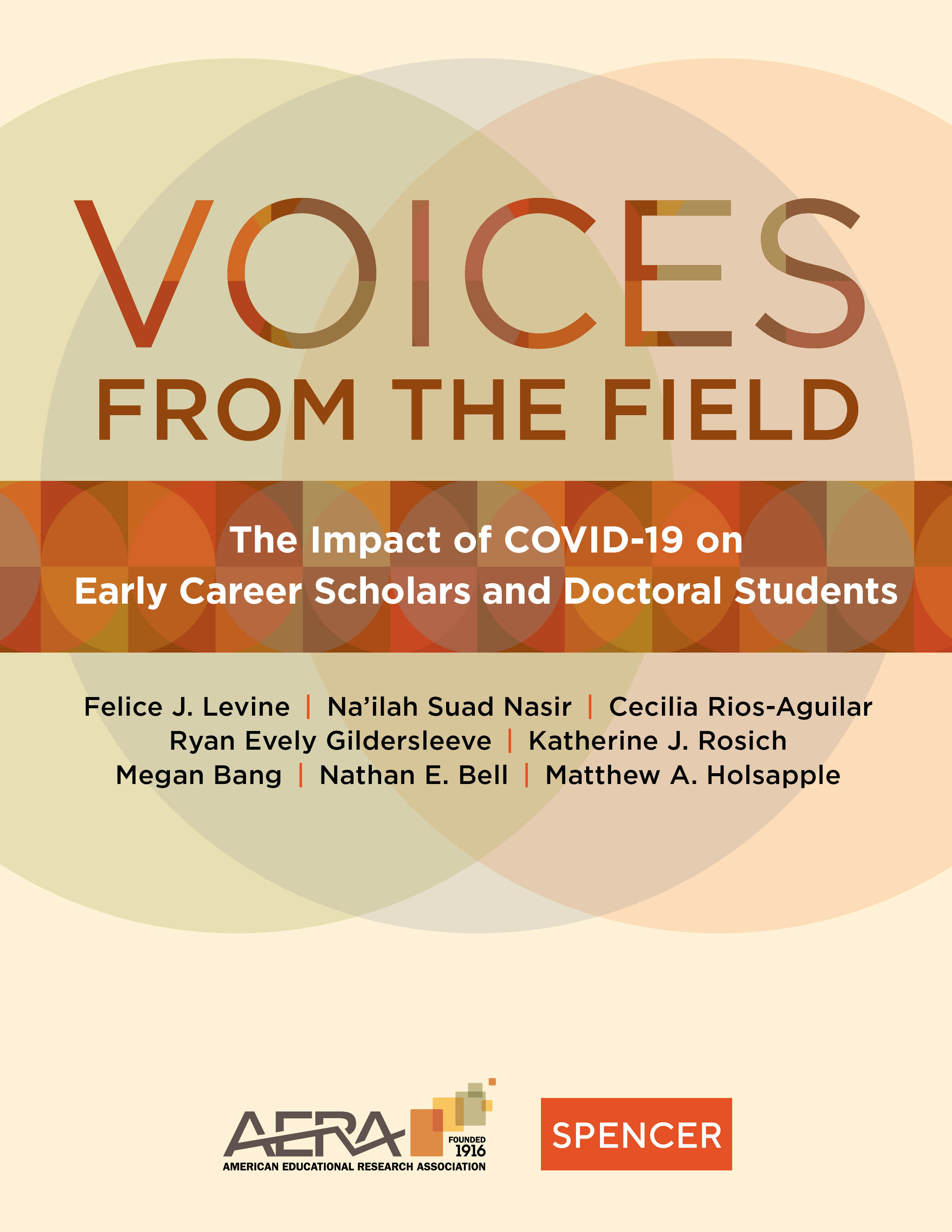
AERA and Spencer Foundation Release Focus Group Findings on the Impact of the COVID-19 Pandemic on Early Career Scholars and Doctoral Students
The American Educational Research Association (AERA) and the Spencer Foundation have released a report, Voices from the Field: The Impact of COVID-19 on Early Career Scholars and Doctoral Students, that shares findings from focus groups conducted in spring 2020. The report, available on the AERA and Spencer websites, is part of an ongoing initiative by the two organizations to assess the pressing needs facing scholars and doctoral students during the pandemic and ways to address these needs.
Resultados de estudio ofrecen más exactitud para calcular el riesgo de cáncer de mama en mujeres sin antecedentes familiares
Un nuevo estudio llevado a cabo en varias instituciones y dirigido por el Dr. Fergus Couch, patólogo en Mayo Clinic, aporta un cálculo más exacto sobre el riesgo de cáncer de mama en las mujeres estadounidenses con mutaciones heredadas en los genes de predisposición a ese tipo de cáncer.
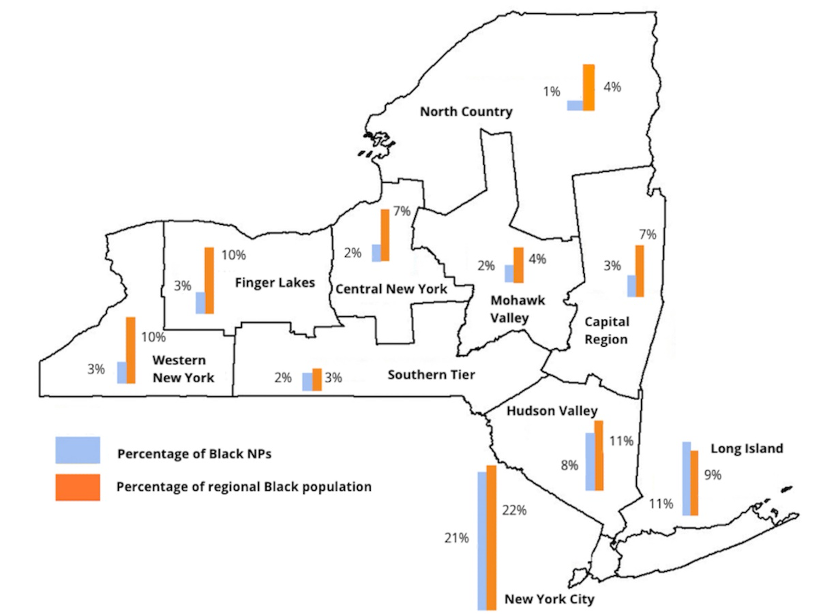
Minority Nurse Practitioners Underrepresented in New York State
A recent study conducted by the University at Albany’s Center for Health Workforce Studies found that Hispanic NPs were underrepresented in most regions of the state when compared to the Hispanic population in those regions.
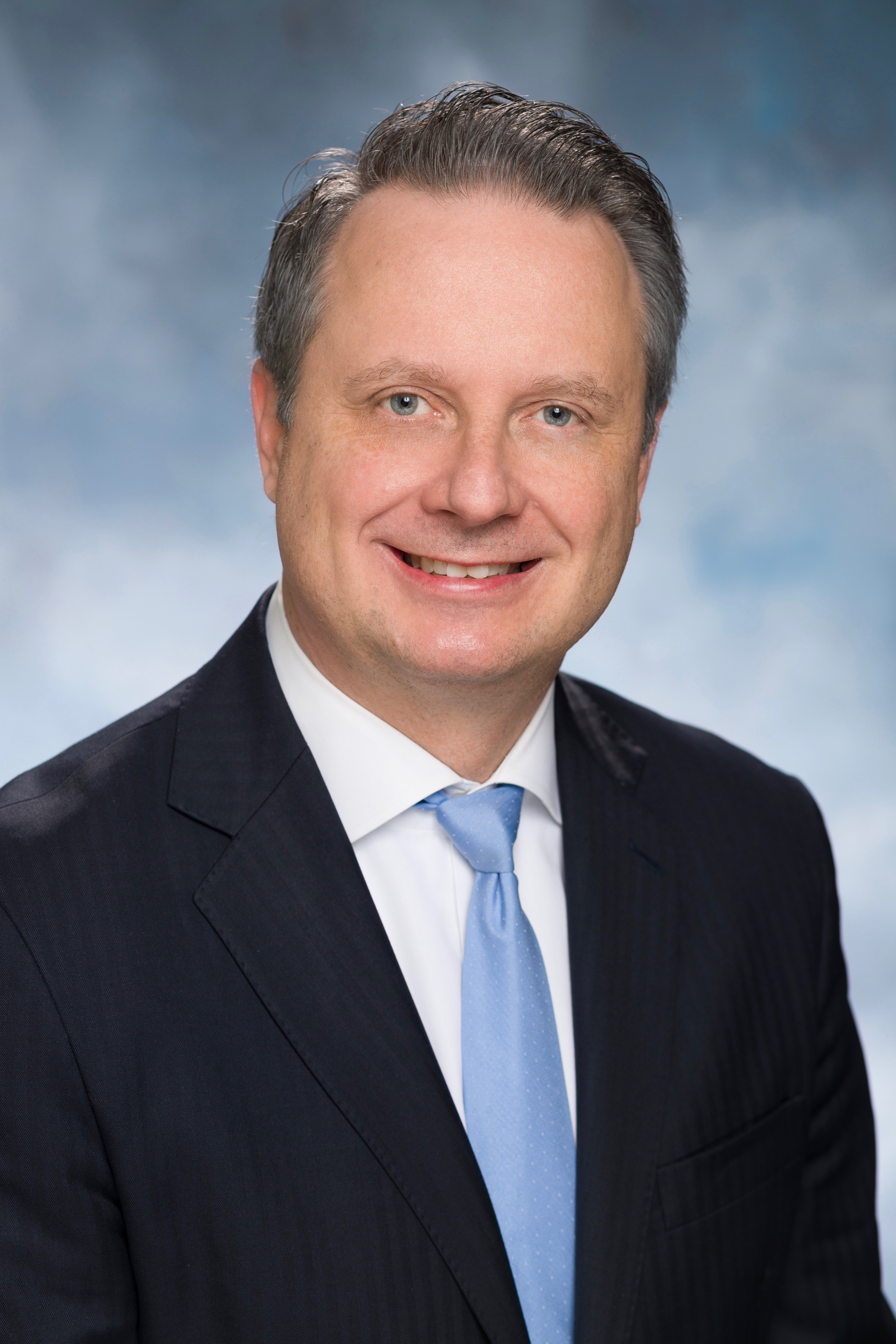
Validation of Novel Prognostic Index May Better Inform Burkitt Lymphoma Treatment
Rutgers Cancer Institute of New Jersey together with RWJBarnabas Health, today announced the publication of research that has identified and validated the novel Burkitt Lymphoma International Prognostic Index (BL-IPI) in patients with this rare, high-grade B-cell lymphoma that is often studied in trials with small sample sizes. This research has been published in the January 2021 online issue of Journal of Clinical Oncology.
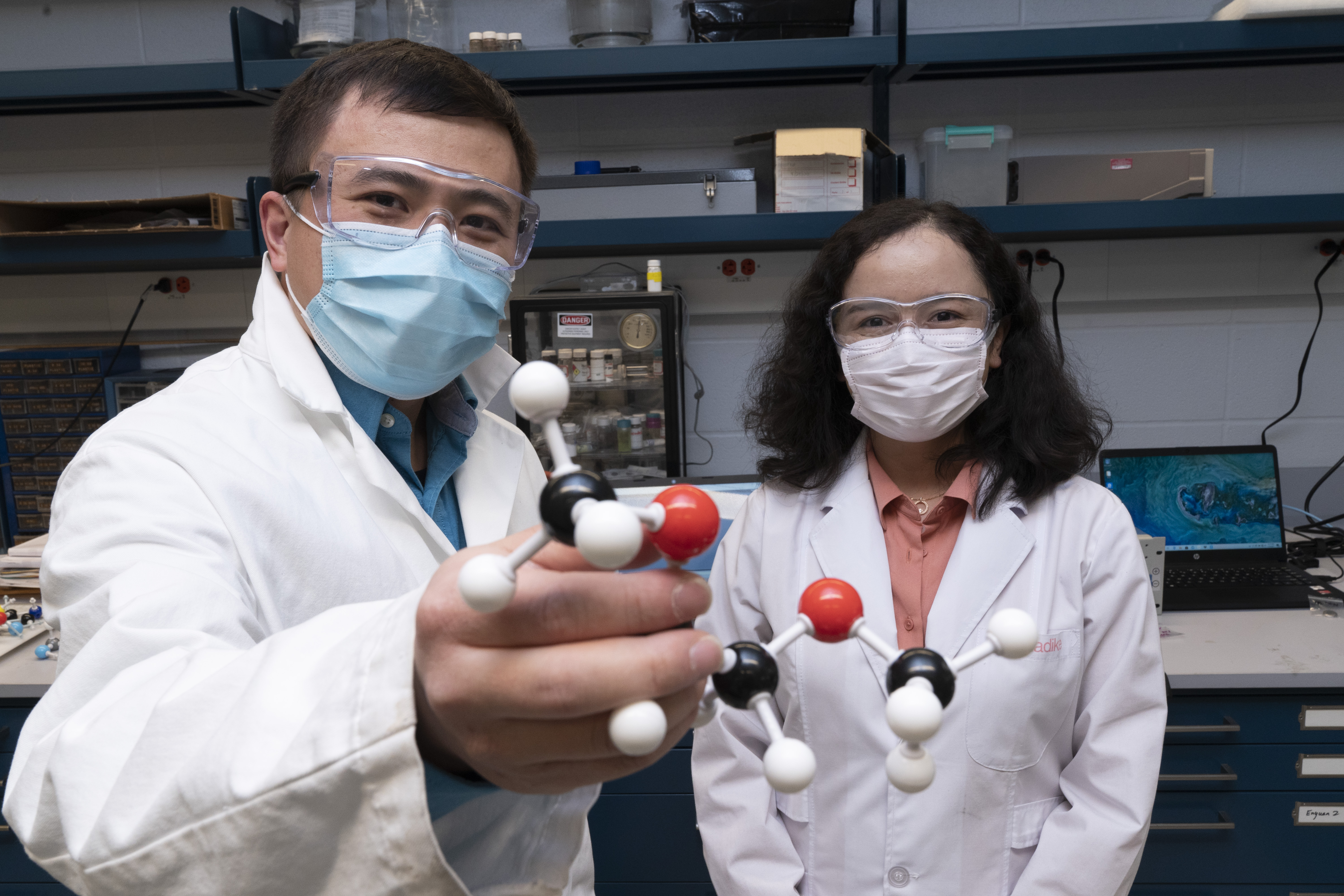
Chemists Settle Battery Debate, Propel Research Forward
UPTON, NY—A team of researchers led by chemists at the U.S. Department of Energy’s (DOE) Brookhaven National Laboratory has identified new details of the reaction mechanism that takes place in batteries with lithium metal anodes. The findings, published today in Nature Nanotechnology, are a major step towards developing smaller, lighter, and less expensive batteries for electric vehicles.
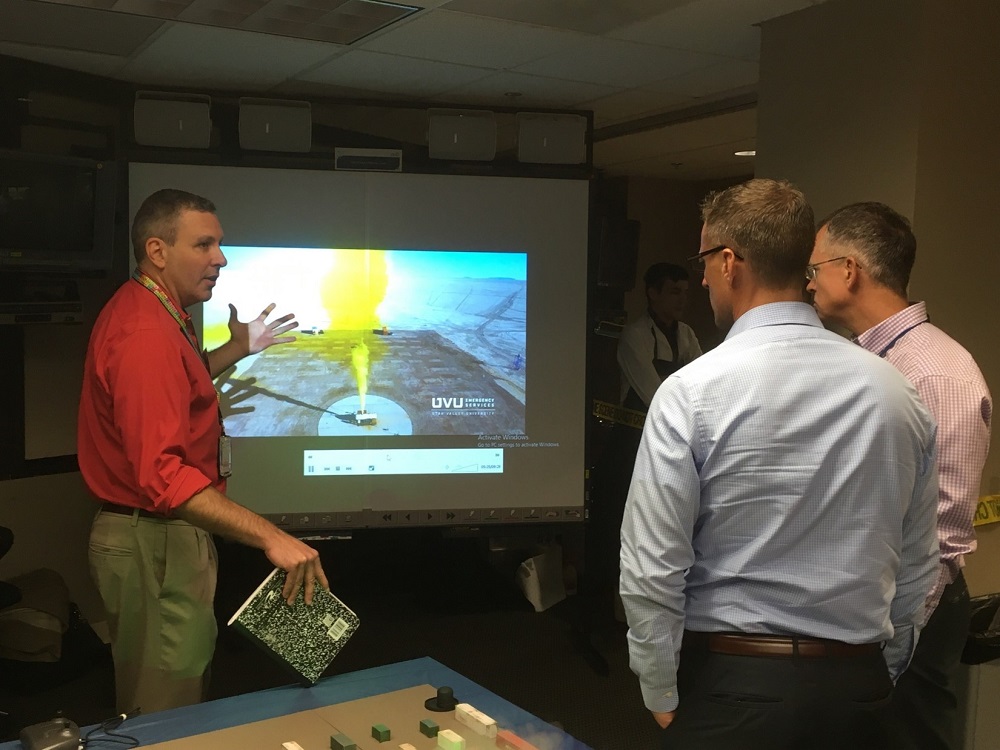
We Do the Science—Securing the Homeland
The crucially important work is accomplished through deploying S&T’s advanced lab-based technical expertise and capabilities in research, development, test and evaluation (RDT&E).
Expert: A historic opportunity to combat systemic racism
President Biden signed four new executive orders collectively aimed at addressing racial inequality and justice. Washington University’s John Robinson III, says it’s because of ongoing political engagement and pressure that Biden feels it necessary to pursue these aims, and we have this historic opportunity before us.
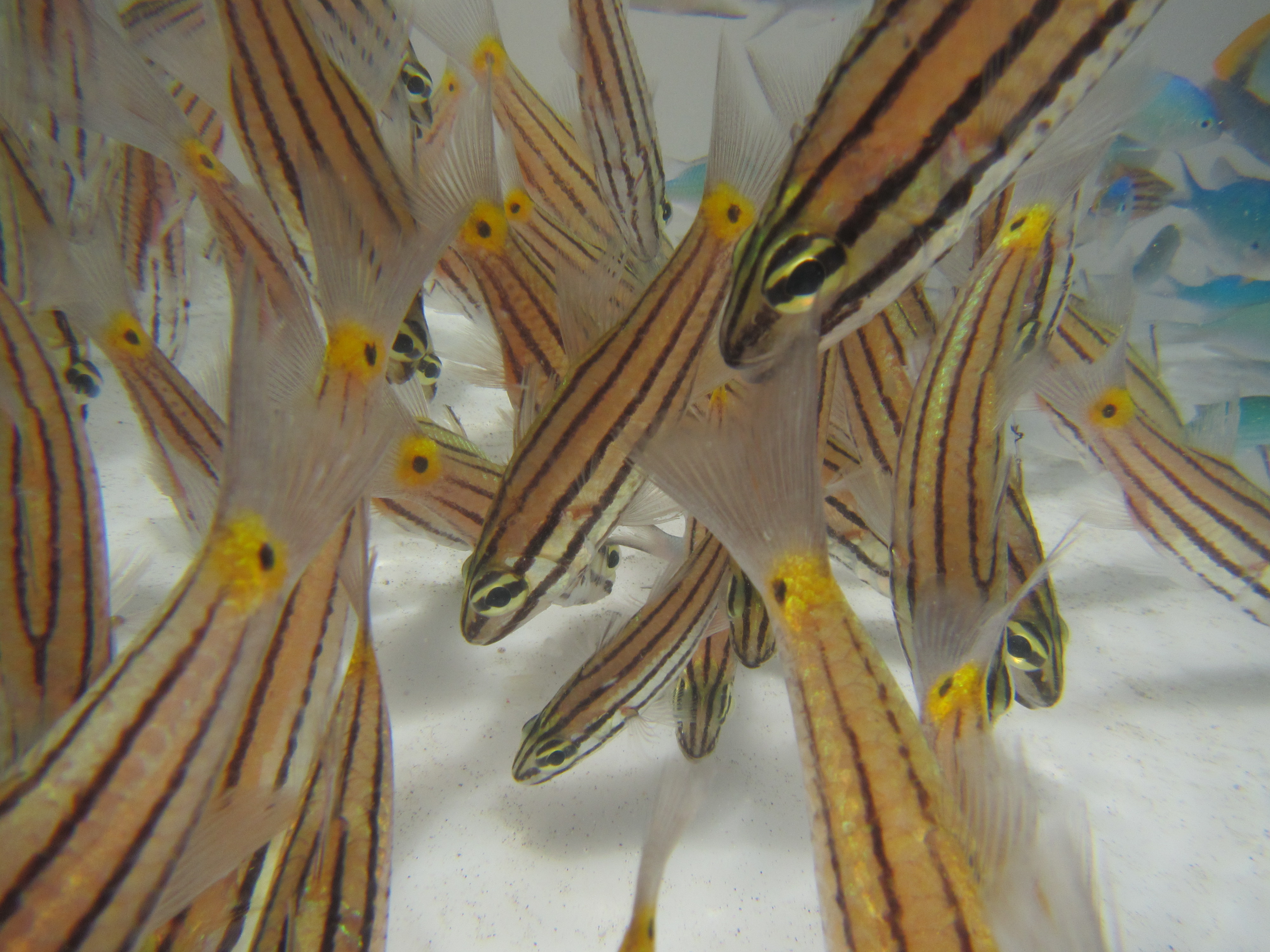
NSU Research Scientist Part of Team Studying Impact of Rising Sea Temperatures on Marine Life
Global warming. Climate change. Coral bleaching. These are a few issues that are negatively impacting our marine world. And now you can add underwater heatwaves to the list – something an NSU Researcher is studying.

University Hospitals Richmond Medical Center Physician Brings New Wound Healing Technology to Ohio
University Hospitals (UH) Richmond Medical Center is the first clinical setting in Ohio to utilize a special technology that sends acoustic sound waves to wounds to jump start the healing process. Windy Cole, DPM, Certified Wound Specialist Physician at the Center for Wound Care at UH Richmond Medical Center, is leading the use of the novel device in the state through research and case studies.
The dermaPACE® System from SANUWAVE, is an FDA approved device indicated for treatment of diabetic foot ulcers. The device delivers acoustic shock waves to tissues, helping to jump start wound healing through new blood vessel formation.
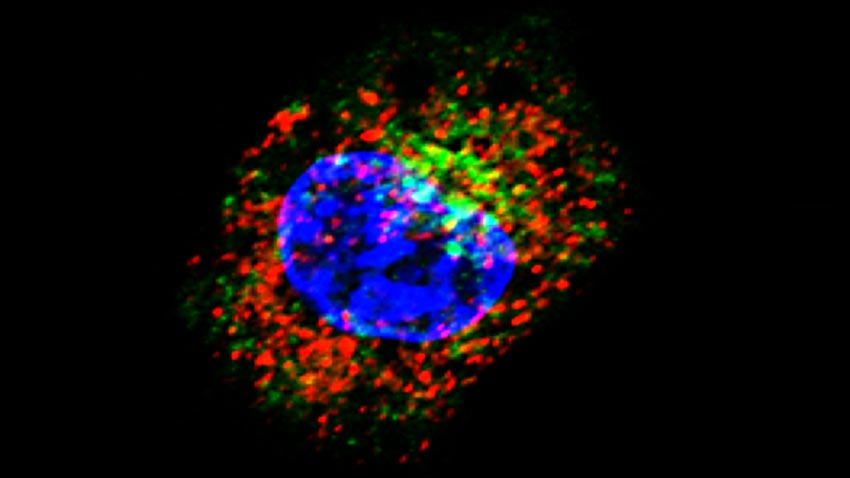
How a little-known glycoprotein blocks a cancer cell’s immune response
Researchers uncovered how stanniocalcin-1, or STC1, works inside a tumor cell to block a cellular “eat-me” signal that typically triggers the immune system to produce T cells to fight the tumor. The findings provide a potential target to improve immune responses to cancer.
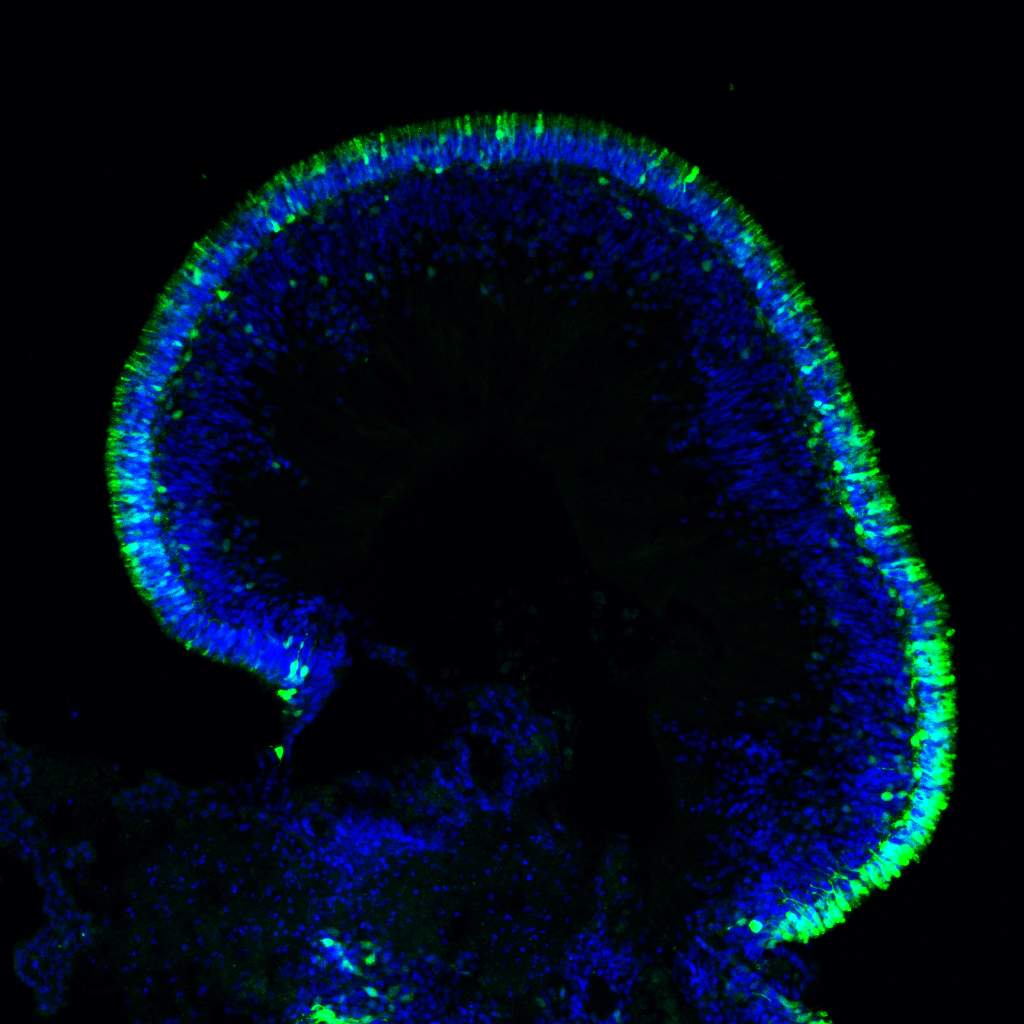
Researchers use patients’ cells to test gene therapy for rare eye disease
Scientists at the National Eye Institute (NEI) have developed a promising gene therapy strategy for a rare disease that causes severe vision loss in childhood. A form of Leber congenital amaurosis, the disease is caused by autosomal-dominant mutations in the CRX gene, which are challenging to treat with gene therapy.
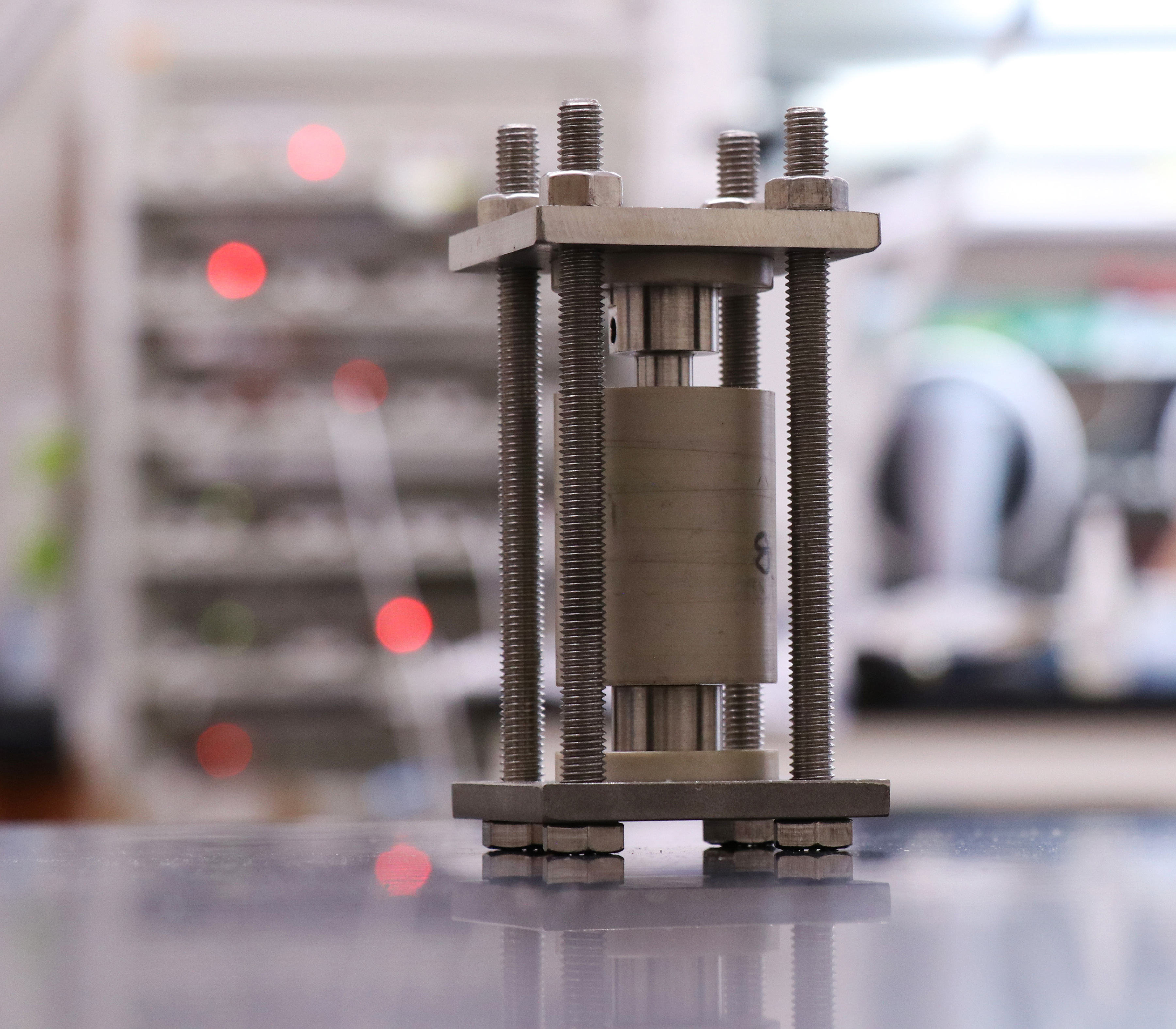
X-Ray Tomography Lets Researchers Watch Solid-State Batteries Charge, Discharge
Using X-ray tomography, a research team has observed the internal evolution of the materials inside solid-state lithium batteries as they were charged and discharged. Detailed three-dimensional information from the research could help improve the reliability and performance of the batteries, which use solid materials to replace the flammable liquid electrolytes in existing lithium-ion batteries.
Livestock workers face high MRSA risk
For Michigan State University’s Felicia Wu, the surprise isn’t that people who work with livestock are at higher risk of picking up antibiotic-resistant bacteria, but instead how much higher their risk levels are.
“This is a bit of a wakeup call,” said Wu, John. A Hannah Distinguished Professor in the Departments of Food Science and Human Nutrition and Agricultural, Food and Resource Economics. “I don’t think there was much awareness that swine workers are at such high risk, for example. Or that large animal vets are also at extremely high risk.”
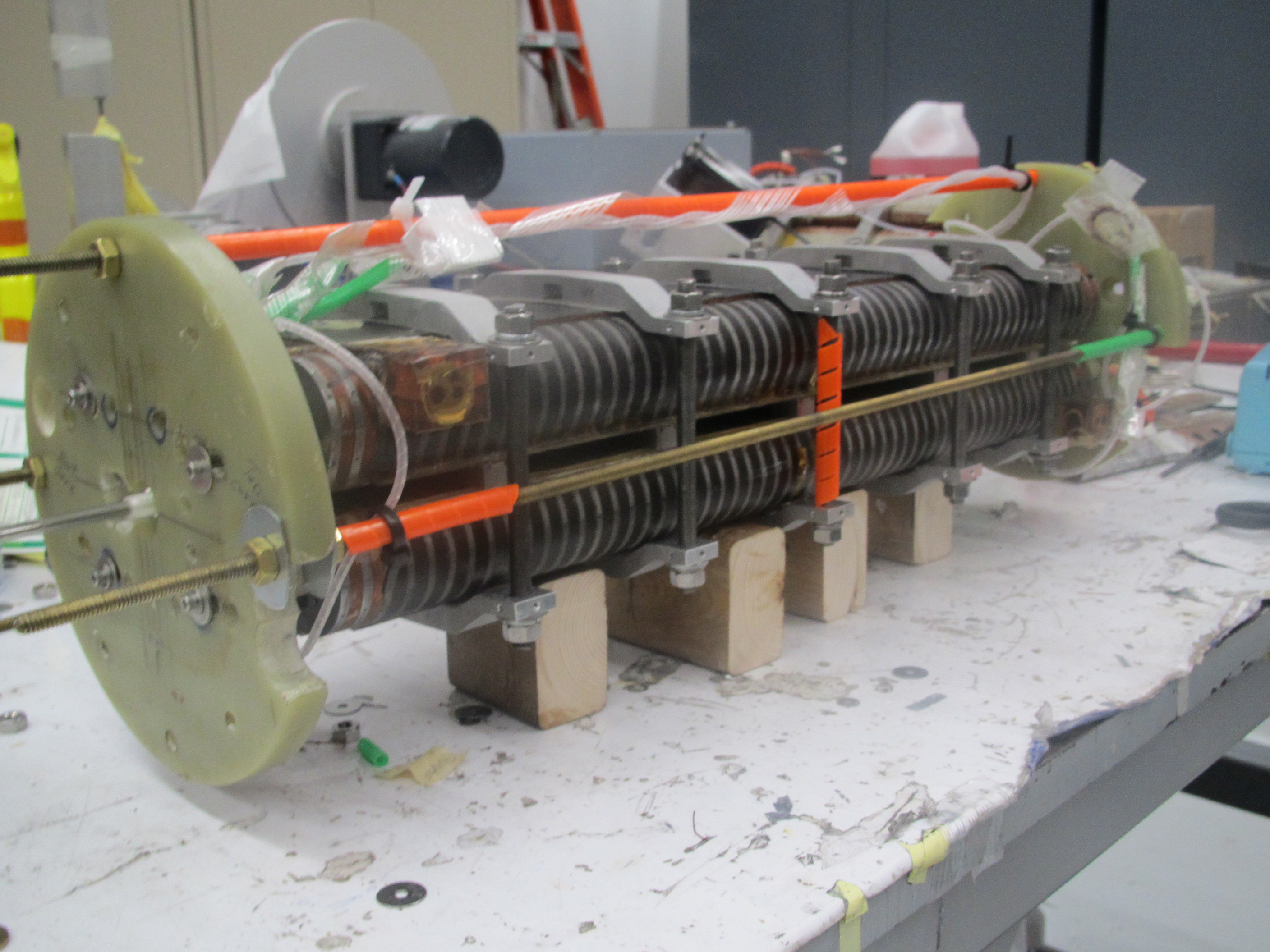
National laboratories’ magnet designers look to the future of light sources with new prototype
After more than 15 years of work, scientists at three DOE national laboratories have succeeded in creating and testing an advanced, more powerful superconducting magnet made of niobium and tin for use in the next generation of light sources.
New study unravels Darwin’s ‘abominable mystery’ surrounding origin of flowering plants
The origin of flowering plants famously puzzled Charles Darwin, who described their sudden appearance in the fossil record from relatively recent geological times as an “abominable mystery”.
Biden’s $10B climate adaptation move vital, but ‘a drop in the bucket’
Amidst a titanic shift in U.S. climate policy that prioritizes clean energy jobs and reductions in carbon emissions, lies an effort to protect communities against very real and inevitable climate events — including hurricanes, droughts and floods — before they…
Successful Test Paves Way for New Planetary Radar
Collaboration between the National Radio Astronomy Observatory, the Green Bank Observatory, and Raytheon Intelligence & Space turns the Green Bank Telescope and the Very Long Baseline Array into a radar system for studying the Solar System.